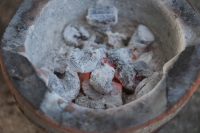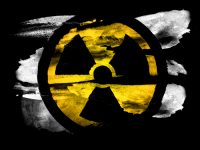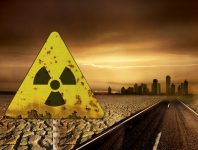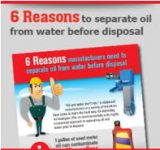What to Expect with the Pesticide Worker Protection Standard
At this writing, the U.S. Environmental Protection Agency (EPA) is close to issuing a final rule amending the Worker Protection Standard (WPS). Today we will recap some of the changes the EPA has proposed to update this standard, which is meant to protect farm workers and their families from exposure to pesticides. Tomorrow we will […]










